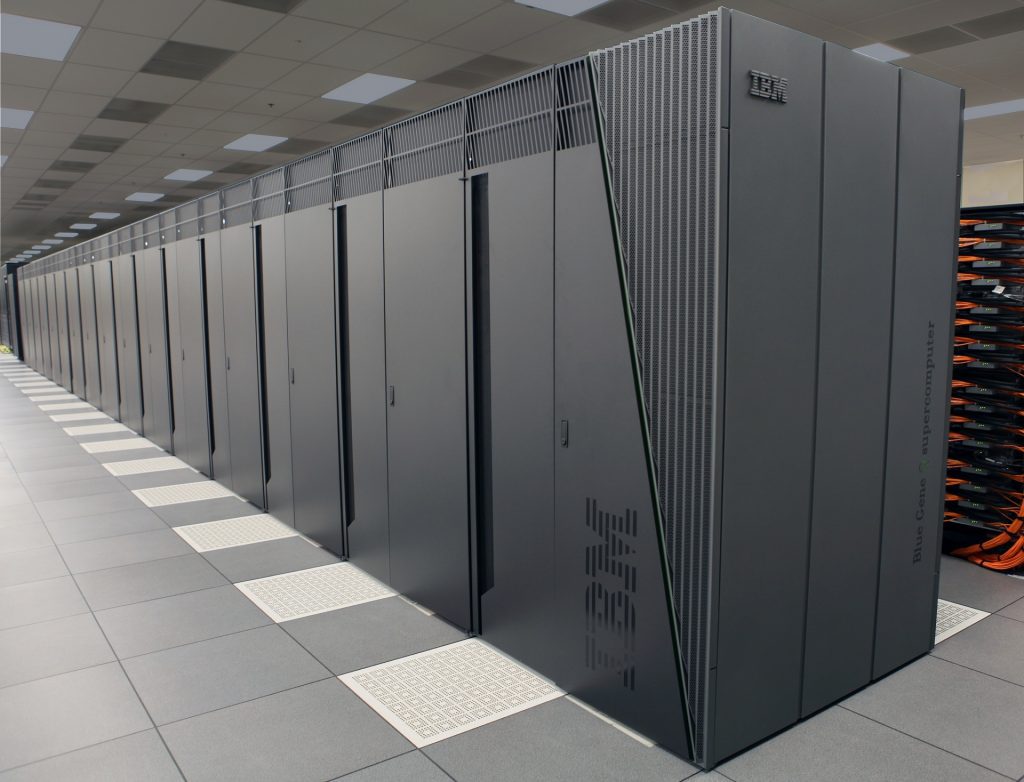In recent years there has been a push for businesses to move away from on-premise infrastructure and instead move to cloud based services. There are arguments for and against both, and there are also risks involved with both.
There is also a third option – Hybrid Cloud. Having part of your infrastructure in the cloud and part on-premise can be a good compromise for many SMBs, but first, Cloud vs On-Premise.
Cloud
For
The most compelling argument for Cloud services is low upfront costs. Usually Cloud services are “pay for what you use” based, and often billed monthly allowing a lot of flexibility to make changes quickly and easily.
This ease of change makes Cloud servers very scalable for growing businesses, with extra storage or more seats for users attained rapidly.
Deployment speeds are a lot faster with Cloud services, taking as little as 15 minutes for things like new Office 365 email addresses.
Many Cloud service vendors have a high level of security, many of them also offering Security as a Service (SaaS).
IT Involvement is often reduced with Cloud services, as the infrastructure is updated and backed up by the vendor.
Remote work becomes easy for anyone to achieve as long as they have an internet connection.
Against
Price increases can occur any time you need more storage, premium support, or an automatic update that incurs higher subscription costs.
Cloud data is stored on hardware somewhere, usually in a data centre, and it can often be hard for a customer to find out where the data is or who has access to it, which for sensitive data can be a security risk.
Cloud services are often set up according to the providers specifications, and aren’t typically customisable by the customer.
Due to upgrades being performed by the vendor, applications and integrations can often become unstable during upgrades and roll-outs.
Cloud services require a high-quality, reliable internet connection to be accessible.
Risks
1. Unauthorised access to customer and business data
Criminals are likely to target both smaller businesses as easy targets, and larger businesses for larger payouts. By having a large number of small businesses using one cloud service, they become a target for criminals. An attack on the data centre of the Cloud provider can affect every customer.
You also now need to worry about not only your own staff, but also the Cloud providers staff. More people have access to the data and systems you’re storing in the cloud, which means you have to trust people you have never met.
2. Availability Risks
When you’re using a Cloud service, there are a few things that can take it down. If your internet goes down, or the providers internet goes down, you’ll be unable to access your infrastructure.
You also need to rely on the provider for access. If they have a hardware failure, bad weather, or a criminal attack your system may be taken down.
3. Compliance and Legal Risks
Many industries have legal requirements for the protection of client data. By having a Cloud service provider, you’re relying on the provider to maintain their compliance. If the provider doesn’t have adequate protection in place, you may be liable if there is a data breach that exposes your company’s data.
In other words, ensure that you are protected in writing, otheriwse the Cloud provider might not be liable for a breach of your data on their systems.
4. Lack of Control
When your services are in the Cloud, someone else controls updates and changes made to the service. They also control the price and your ability to access your data. If you’re behind on a bill, the provider may hold your data hostage until you pay up.
On-Premise
For
Money makes the world go round – therefore the top argument for On-Premise is lower long-term costs. Licenses and hardware are generally a once off purchase. The cross point for Cloud and On-Premise is usually 2-3 years afters purchase.
On-Premise hardware can be virtualised, allowing for multiple internal needs to be met.
The security of an On-Premise server is completely customisable to your companies individual requirements, to the point that you can restrict internet access to your entire system.
You have much greater control over timelines and rollouts for customer needs. The longer roll out times can allow for more time to transfer knowledge of the new system to staff.
The internet isn’t an issue with On-Premise, as the applications installed locally will continue running regardless of internet status. This can be especially useful in areas where internet connectivity is an issue.
High numbers of staff accessing data simultaneously can be faster than Cloud infrastructure.
Against
Extra, hidden costs when it comes to maintenance and IT support of On-Premise services. You’ll need either internal or external IT, and when something stops working, you often need to pay over time or extra fees.
Greater upfront costs for hardware, along with extra requirements for insurance.
To implement and maintain security, you’ll need to develop a strong security policy and have an in-house expert.
You’re responsible for your own backups and disaster recovery plans.
To implement a customised infrastructure can become expensive and time-consuming.
Updates may require heavy IT involvement, especially if they require any hardware or software changes.
Risks
1. Large Costs
When implementing On-Premise hardware, there is a large capital outlay required. Not only do you need the hardware, you also need to pay someone for their time of setting it up and configuring every part of it to your requirements.
You also have ongoing costs to maintain the server. While these would be low at the beginning, being brand new, the older the hardware gets, the greater the chance of something failing, and the more maintenance that is required.
On top of these costs, you also need somewhere to store the hardware, and a method of keeping it cool.
2. Backups and Disaster Recovery
When you have On-Premises hardware, you need to make sure that you’re prepared for anything. Fire or flood can wipe everything out in an instant. A failed hard drive can cause massive data loss. Even a malicious employee can bring your company down.
It will be your responsibility to ensure you have working backups as well as a disaster recovery plan in place. You also need someone to monitor the backups and resolve any issues.
3. Mobility and Access
On-Premises infrastructure usually requires onsite access, or navigation through firewalls and passwords. If you need to move office, your entire system will be down for the duration of the move.
4. Speed of Deployment
Hardware not only has long shipping times, but it also has to be set up before it can be used. New environments need to be tested before rolling out, and any hardware issues incur more shipping time. This can lead to several months for a single roll out.
Hybrid Cloud
Hybrid Cloud is when you have part of your infrastructure On-Premise, and part of it in the Cloud.
Both Cloud and On-Premise infrastructure have a time and place. Emails, for example, run really well in the cloud, with Microsoft Office 365 and Google Apps being the top two. However that important application that requires a specific piece of software to be at version 7.4.1? Probably better managed On-Premise.
When making your decision about which to go with, consider what requirements you have;
- Do you need your main business application available to users in multiple locations?
- How security conscientious are you required to be?
- Do you want everything kept up to date, or do you need to control the version for software stability?
We can help you make a decision with an audit of your requirements and a service tailored for you. Contact us today!





